At the Palm kale, which is also called Italian cabbage, Tuscan cabbage or Black cabbage known, it is a variety of vegetable cabbage. The palm kale can be used in many ways in the kitchen and has numerous health benefits.
What you should know about palm kale

The palm kale is one of the oldest leaf kale. It belongs to the cruciferous family and is considered to be the origin of many other types of cabbage, such as the head and Brussels sprouts. The hearts of the shoot tips, the so-called palm hearts of palm trees, are also called palm kale.
Traditionally, palm kale is still grown a lot in northern Italy, especially in Tuscany. The palm kale, a biennial plant, can grow up to three meters high. The 60 to 80 centimeters long and 8 to 10 centimeters wide leaves are dark green to black-green and resemble those of Wirsing. The arrangement of the leaves, which are slightly rolled down, is palm-like. This is where the name comes from. The palm kale flowers from May to August and is not frost hardy. However, it rarely blooms in Central Europe. For the home garden, the palm kale can also be preferred in larger pots and thus also fully cultivated.
The plant is mobile when the frosts come. The vegetable cabbage was already known in ancient times. Like other types of cabbage, it originally comes from the Mediterranean region and Asia Minor. Through further breeding, numerous other types of cabbage were raised. The palm kale now grows in most regions of southern and central Europe. The four to five lowest leaves are harvested.
If the conditions are ideal, around 20 leaves will grow back in a year, so that the palm kale can be harvested several times a year.The leaves are used like kale, which the palm kale is also reminiscent of in terms of taste, although the palm kale tastes milder. In contrast to savoy cabbage, palm kale cannot be bought fresh all year round, unless imported goods are used.
Importance to health
The palm kale offers numerous health benefits. Hardly any other type of vegetable contains so many bioactive substances, the so-called secondary plant substances. They are able to trap the cell-destroying free radicals, neutralize the cancer-causing substances, promote the elimination of environmental toxins and have a positive effect on the cholesterol level.
The healing power of cabbage leaves was already used by the ancient Egyptians. Even in the Middle Ages, cabbage was used to heal inflammation or cramps. Cabbage contains antioxidant and anti-inflammatory agents. Another valuable ingredient in palm kale is beta-carotene, which is one of the 50 carotenoids with a provitamin A character. This means that it can be partially converted into the important vitamin A by the body. Beta-carotene scavenges free radicals, which protects the body's cells from damage and oxidation. Beta-carotene is also said to prevent dementia.
The chlorophyll contained in palm kale also has positive effects on health. The more chlorophyll there is in a food, the greater the health benefit. For example, chlorophyll is very helpful in building new blood cells. It also promotes the regeneration of radiation damage, supports the detoxification of the cancer-causing substances, wound healing, regular bowel movements and also ensures a pleasant body odor. Palm kale is a very tasty addition to the menu, especially in winter.
Ingredients & nutritional values
The palm kale contains, among other things, carotene and B vitamins. The leaves also act as a vitamin C donor. Therefore, it is also recommended that the vegetables are used for a vitamin-rich smoothie.
However, it should be noted that the older the leaves of the palm kale, the more fibers it contains. There is also a lot of chlorophyll in palm kale. Otherwise, this type of cabbage is low in calories but high in vitamins. The nutritional structure of palm kale can generally be compared to that of kale.
Intolerances & allergies
Some people tolerate palm kale a little worse, as is the case with other types of cabbage. Cabbage is more digestible if it first cooks for five minutes, then the cooking water is poured away and the palm kale continues to simmer in the fresh water. Then a little caraway or ginger should be added to prevent unpleasant and painful flatulence.
In addition, younger and more tender leaves of the palm kale should be preferred for consumption, because the older leaves are very fibrous and can become dry. In addition, the nitrate content accumulates strongly in older leaves, but this does not affect the upper part of the plant. If you notice severe discomfort when consuming palm kale, you should remove it from the menu.
Shopping & kitchen tips
The palm kale is rarely found in the vegetable departments of discount stores and supermarkets. These interesting leafy vegetables can be bought at a weekly market or in a covered market. The younger, more tender leaves of the palm kale should be preferred for consumption. The durability is average.
The palm kale can usually be stored in the refrigerator for longer than a week without any problems. The palm kale, briefly blanched, can also be frozen well. Processing and further use is simple: the leaves are cut off or broken off. It is washed thoroughly and then shaken well dry. Then the thick leaf veins are removed and the leaves are cut into strips. These are then blanched for about four minutes. The vegetables are now drained and drained well. Afterwards you can let your creativity run free.
Preparation tips
The palm kale is very popular in the kitchen. The finely cut leaves can be used, for example, for a salad or in the steamed form as a vegetable. The palm kale is also ideal for Tuscan winter stews. A well-known use is the cabbage soup caldo verde, which comes from Portugal.
The palm kale can also be used like Swiss chard, but it takes longer to cook. The palm kale, for example, is often braised with onions and refined with tomatoes and garlic. This can be served with pasta or rice and toasted pine nuts. Palm kale is also very popular in a green smoothie and impresses with its health benefits. It should be noted, however, that the leaves may contain solid fibers. Therefore a strong mixer is required.
Alternatively, cabbage with young and therefore still very fine leaves can be used. Whether in a soup, a casserole or a vegetable cake, the palm kale can be used anywhere as required. Anything that tastes good is allowed with palm kale.

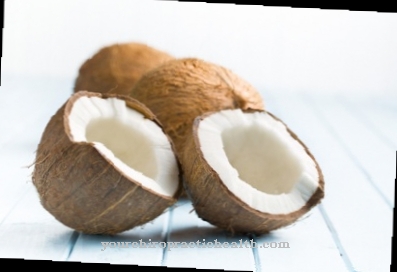
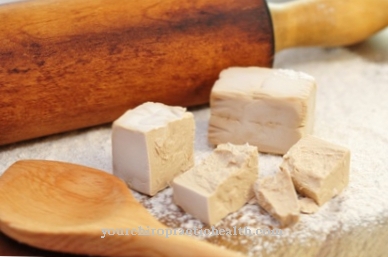
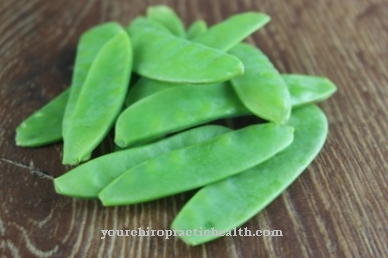

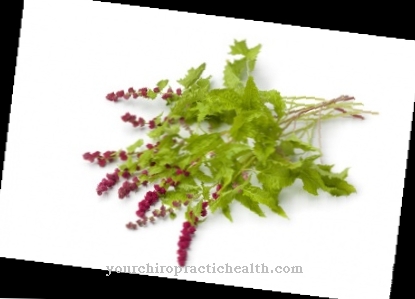
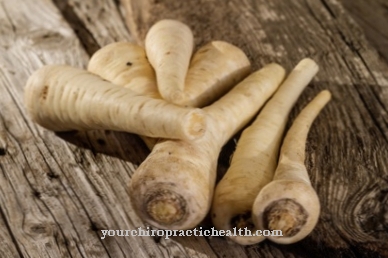


















.jpg)

.jpg)
